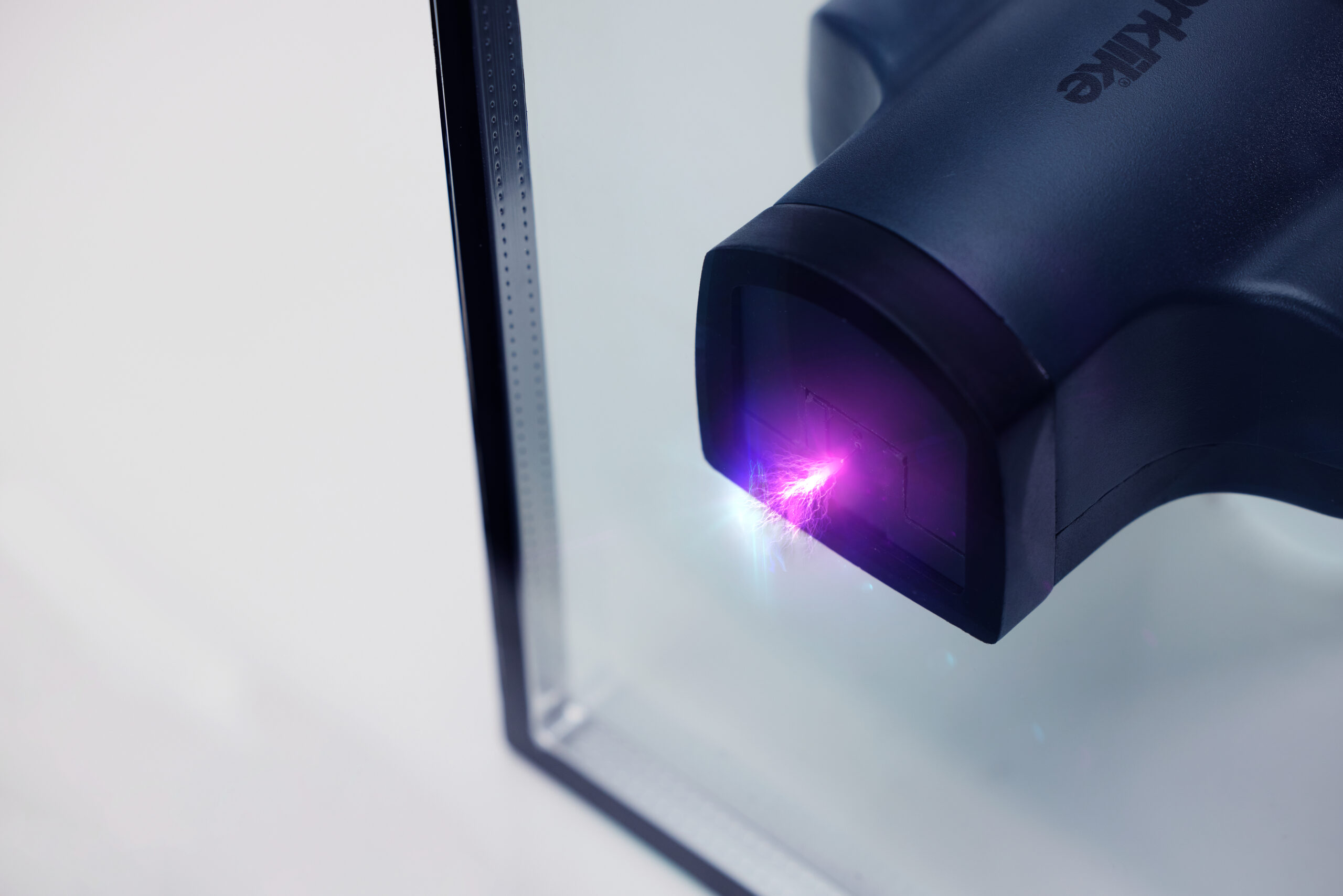Argon concentration plays an important role in the performance of Insulating Glass Units (IGUs), impacting their insulation capabilities and energy efficiency. The ASTM E2649-20 (before ASTM E2649 – 12) standard provides a systematic method for accurately determining argon concentration within IGUs. In this article, we delve into ASTM E2649-20, offering insights into its significance and practical applications.
Background Information
Argon, a noble gas, is commonly used in IGUs due to its superior insulating properties. It fills the space between glass panes, reducing heat transfer and enhancing thermal performance. However, maintaining optimal argon concentration is crucial for ensuring maximum efficiency and longevity of IGUs.
Overview of ASTM E2649-20 Standard
ASTM E2649-20 standardizes the procedure for measuring argon concentration in IGUs. It outlines the necessary equipment, sample preparation techniques, and test methodologies required for accurate assessment. By adhering to this standard, manufacturers can maintain quality control and meet industry specifications.

Understanding the Test Method
The test method prescribed by ASTM E2649-20 involves sampling the gas within the IGU and analyzing it using Spark Emission Spectroscopy (SES). This non-destructive method entails placing a spark emission spectroscope against the glass surface of a sealed IGU. A high voltage, low current source creates a spark, inducing a plasma from the gas molecules inside the unit. This generates light emissions, which are analyzed to determine argon concentration. Factors such as temperature, pressure, and calibration must be carefully controlled to ensure accurate results.
Specific Applications of ASTM E2649-20
The ASTM E2649-20 standard is applicable in various scenarios:
- Clear, Double-Glazed IGUs: Suitable for standard double-glazed units.
- Coated or Tinted Glass Units: Applicable if one lite has a metallic coating or tinted glass.
- Triple-Glazed Units: When the center lite has a metallic coating and both outer lites are clear.
The method is designed for controlled laboratory environments to ensure precise measurements.
Sparklike Handheld in ASTM E2649-20
The Sparklike Handheld device, which uses a high voltage spark to observe the gas fill rate, is featured in the ASTM standard. This device simplifies the process, providing immediate argon concentration results on the screen within just 2 seconds.
Interpretation of Test Results
Interpreting the obtained argon concentration values is essential for assessing IGU performance. Compliance with industry standards and specifications can be determined based on these results. Additionally, understanding the implications of different concentration levels is crucial for optimizing IGU design and functionality. The results are easily understood as the concentration level appears on the screen after measurement.
Practical Applications and Industry Impact
ASTM E2649-20 has significant implications for the IGU industry, ensuring quality control and performance optimization. By implementing this standard, manufacturers can achieve cost savings and energy efficiency improvements. The standardized testing methodology offers a reliable means of assessing IGU performance and meeting customer expectations.
Conclusion
In conclusion, ASTM E2649-20 plays a vital role in the determination of argon concentration in IGUs. By providing a standardized testing method, this standard facilitates quality control, performance optimization, and industry compliance. As the demand for energy-efficient building materials continues to rise, the importance of accurate argon concentration measurement cannot be overstated.
More blogs about Sparklike and Insulating Glass Standards:
- Standards and Regulations in Insulating Gas Measurement
- Chinese Insulating Glass Standard GB/T 11944
- National Construction Code (NCC)
- ENERGY STAR® 7.0 Requirement
References
ASTM International. (2020). ASTM E2649-20 Standard Test Method for Determining Argon Concentration in Sealed Insulating Glass Units Using Gas Chromatography. Retrieved from ASTM.
Contact Sparklike for more information and support on measuring argon concentration in IGUs.




